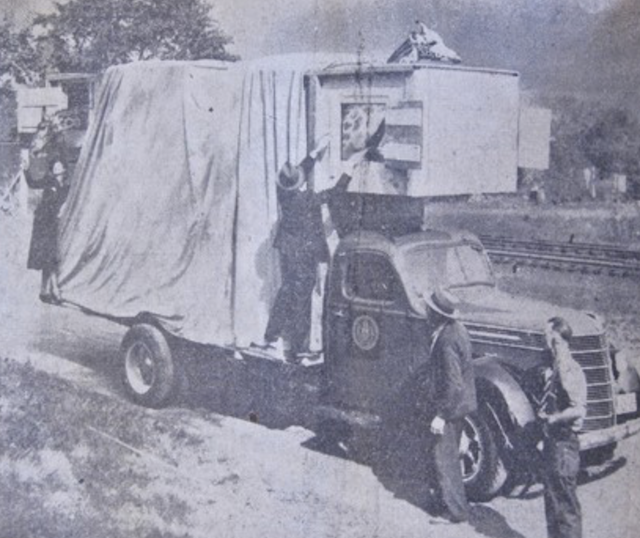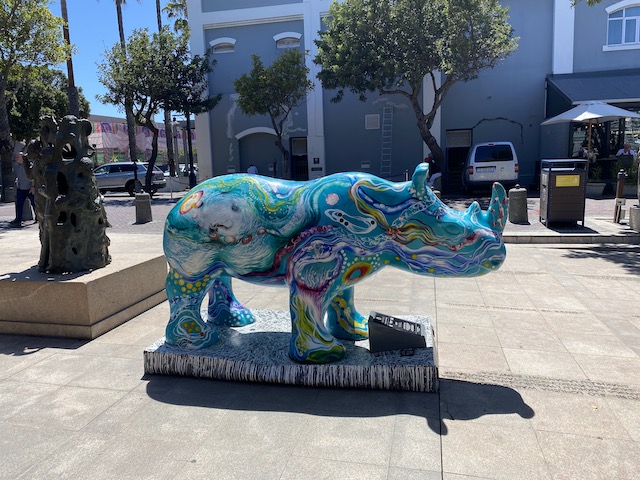Tomorrow is the International Day for Monuments and Sites. It is a day to appreciate the monuments around the world that help us understand history, culture or the natural world. Here are ten such monuments and sites I’ve visited. They are all UNESCO World Heritage Sites.
The 2,700 mile Great Wall of China is the longest human made structure in the world. Its construction began in 300 BC. and it was repeatedly rebuilt and modified over the years. Its purpose was to protect China from nomadic northern tribes. It became a World Heritage Site in 1987.
Masada is an ancient stone fortress built by King Herod between 37 and 31 BC and located on a very high rocky mesa in Israel, above the Dead Sea. It is a 840 acre complex with well preserved ruins that are evidence of the history of ancient Israel and the courage of its people during a Roman siege in 73 AD. It became a World Heritage Site in 1966.
Chichén Itzá on Mexico’s Yucatán Peninsula was a powerful centre of commerce and government for the Mayan people from 600 to 1200. Its most important role, however, was that of a sacred city, a place of worship and ritual. It became a World Heritage Site in 1988.
The Taj Mahal in Agra India was built by the emperor Shah Jahan in the mid 1600s as a tomb for his wife Mumtaz Mahal. It is considered a jewel of India’s rich history and attracts some 8 million visitors a year. It became a World Heritage Site in 1983.
The Collosseum is an amphitheatre in Rome Italy and is one of the few mostly intact structures from the Roman Empire. It is a monument to the architectural and engineering prowess of ancient Rome. Construction of the Collosseum began in 70 AD. It could hold 50,000 spectators and was famously used for gladiator combat. It became a World Heritage Site in 1980.
The Serengeti National Park in Tanzania which encompasses some 1.5 million hectares of savannah, boasts one of the most impressive nature spectacles in the world, the annual migration of two million wildebeests plus hundreds of thousands of zebras to find pasture and water. The park is also home to many endangered animal species. It became a World Heritage Site in 1981.
The city of Dubrovnik in Croatia, often called The Pearl of the Adriatic, is known for its stunning architecture and was an important centre for Mediterranean sea power beginning in the 1300s. It suffered from a massive earthquake in 1667 but has still managed to preserve many of its Gothic, Baroque and Renaissance buildings. Much of the old city including the wall around it was declared a World Heritage Site in 1979.
The Genbaku Dome now known as The Hiroshima Peace Memorial was the only structure left standing in the area where the first atomic bomb exploded on 6 August 1945. It has been preserved in the same state as immediately after the bombing. It serves as a stark symbol of the most destructive force ever created and expresses the hope for world peace and the ultimate elimination of all nuclear weapons. It became a World Heritage Site in 1996.
Angkor Wat in Siem Reap Cambodia is a Hindu-Buddhist temple complex located on a four hundred acre site. The Guinness Book of World Records considers it as the largest religious structure in the world. Built between 1122 to 1150 it eventually became almost lost in the jungle until it was rediscovered by a French explorer named Henri Mouhot in 1860. It was designated a World Heritage Site in 1992.
Banff National Park is in Alberta Canada. It has unbelievable views of the Rocky Mountains and some of the world’s most beautiful lakes including Lake Louise a popular skiing destination. Established in 1885 it is Canada’s oldest national park. It became a World Heritage Site in 1984.
Other posts………




































































